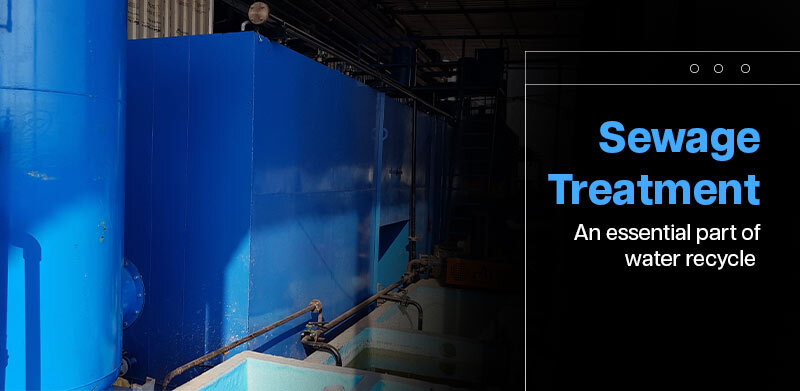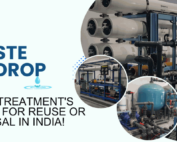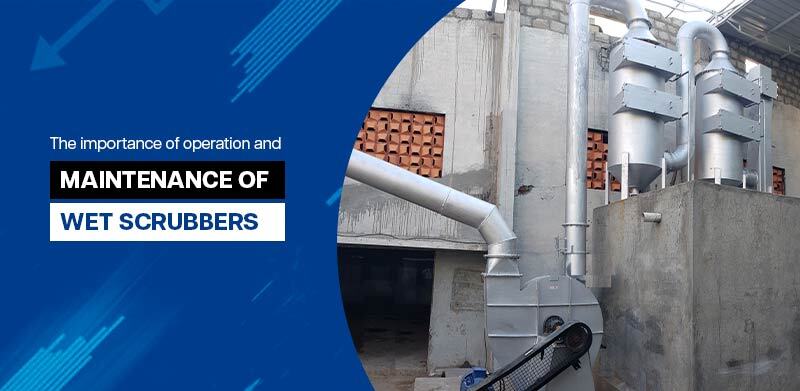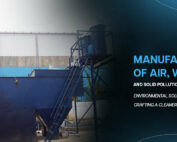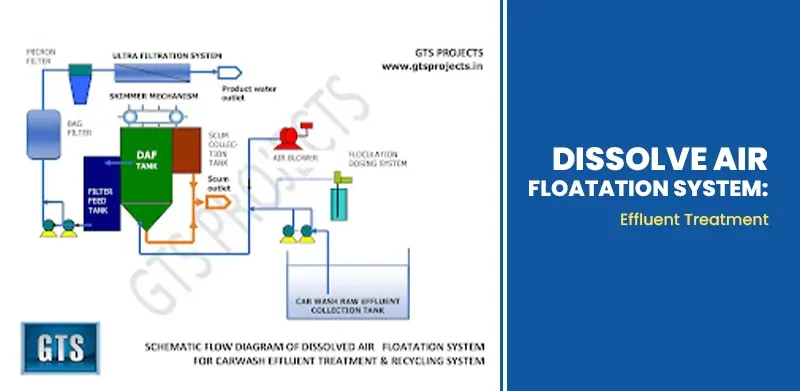Understanding the Mechanics: The Functionality of Filter Presses in Liquid-Solid Separation
GTS ENVIRO INDIA PVT LTD is equipped with a Team of Engineers, Technicians, and the necessary infrastructure for the successful Installation and Commissioning of Filterpress dewatering Systems.
In essence, filter presses are devices that use pressure to separate solids from liquids. They are composed of two stationary head pieces, a moving pressure piece, and chambers that are created by recessed chamber plates, plates, and frames positioned between the stationary and moveable headpieces. Either a mechanical or hydraulic closing device operates the pressure piece.
Filter cloths are placed over the plates, acting as filter media in the recessed square surface areas and as gaskets at the sealing rims. The slurry to be filtered is poured into several cavities created when the filter press is closed.
Under pressure, the filter press is fed through the inlet flange that is fixed at the headpiece.
How Does a Filter Press Work?
A filter press operates by applying pressure to separate solids from liquids in a structured and efficient manner. Comprising stationary and moveable head pieces, as well as recessed chamber plates, frames, and plates, the process unfolds as follows:
1. Chamber Formation: The press contains recessed chamber plates, plates, and frames positioned between the stationary and moveable head pieces. These elements come together to create chambers where the separation process occurs.
2. Closure Mechanism: A closure mechanism powered either mechanically or hydraulically, operates the moveable pressure piece. This mechanism is responsible for bringing the stationary and moveable head pieces together, compressing the plates and creating sealed chambers.
3. Filter Cloth Application: Filter cloths are strategically placed over the plates, serving dual roles. They act as filter media within the recessed square surface areas and function as gaskets at the sealing rims, ensuring a tight seal.
4. Slurry Introduction: The slurry, the mixture of solids and liquids to be separated, is poured into the cavities formed when the filter press is closed. The filter press is now ready for the filtration process.
5. Inlet Flange and Pressure Application: Under pressure, the slurry is fed into the filter press through the inlet flange fixed at the head piece. The pressure applied aids in separating the liquid from the solid components of the slurry.
6. Filtration and Cake Formation: As pressure is maintained, the liquid components pass through the filter media, leaving behind the solid particles. These particles accumulate to form a filter cake within the sealed chambers.
7. Cake Discharge: Once the filtration process is complete, the filter press is opened, and the solid filter cakes are ready for discharge. The cakes can then be further processed or disposed of, depending on the specific application.
Types of Filter Press We Offer
Fully Automatic Filter Press System with auto cloth washing carrier
The fully automatic filter press system incorporates state-of-the-art PLC programming, featuring a plate shifter mechanism and a cloth washing carrier that enhances filtration efficiency. This advanced system allows for a higher number of cycles per day compared to conventional manual filter press systems, reducing the need for manpower and eliminating time spent on plate scraping. The built-in automatic belt wash further streamlines operations, offering an economical and highly efficient filtration solution. With enhanced dewatering capabilities and increased cycle times per day, this automated system ensures optimal treatment of feed sludge.
Membrane Filter Press:
Membrane filter presses include a flexible membrane that inflates to exert additional pressure on the filter cake. This results in higher pressure for improved dewatering. Membrane presses are often used in applications where maximum dryness of the filter cake is critical.
Recessed Plate Filter Press:
This is the most widely used type of filter press. It consists of a series of recessed plates that create chambers for the filtration process. The plates are typically made of polypropylene or other materials, and the cake is formed in the recessed area.
Semi-Automatic Cam Shaft Filterpress System
Experience enhanced efficiency with our Semi-Automatic Cam Shaft Filter Press System, designed to streamline your filtration processes. This innovative system strikes a balance between automation and user control, offering a reliable solution for various industrial applications.
Application of Filter Press System
Filter presses find widespread application across various industries due to their efficient solid-liquid separation capabilities. Some common applications include:
Dyestuff: Pigments, Dyestuffs and Intermediates.
Dyes & Chemicals: Organic & Inorganic chemicals, Activated clay, Silica, Pesticides, Starch.
Ceramic & Clay: De-watering of kaolin clay, Porcelain insulators, and ceramic bulk.
Viscose: Viscose, Staple fiber, Acrylic fiber.
Food: Production of soup, Sugar, Vegetable oil, Edible oil, Paler oil, Fruit juice, Distilleries.
Minerals: Filtration of corrosive metallic salt solution e.g. nickel, Copper, Lead, Cobalt.
Pharmaceutical: Antibiotics, Syrup, Bulk drugs, and Intermediates.
Effluent Treatment: Environment protection.
Textile Industries: Textile and process house waste.


